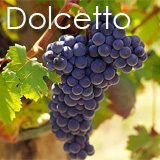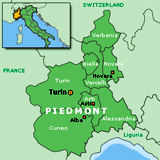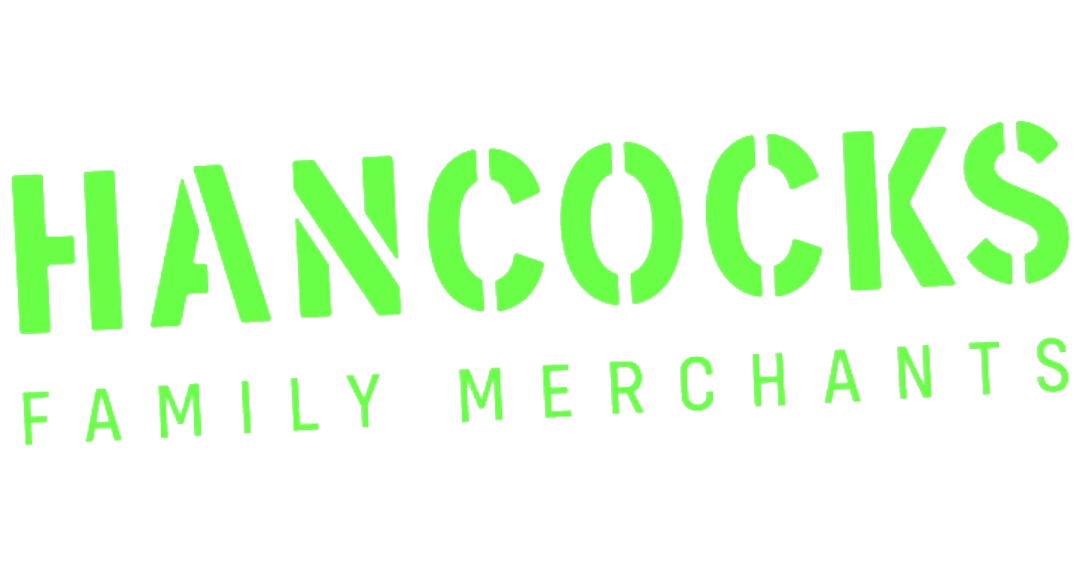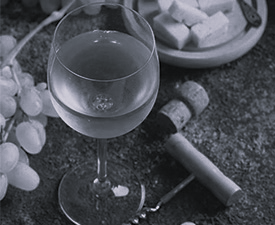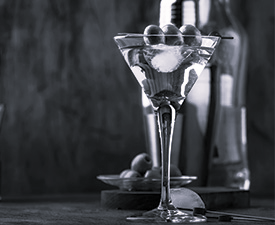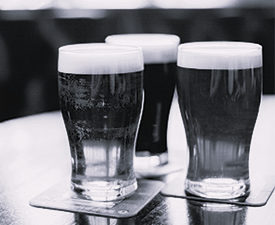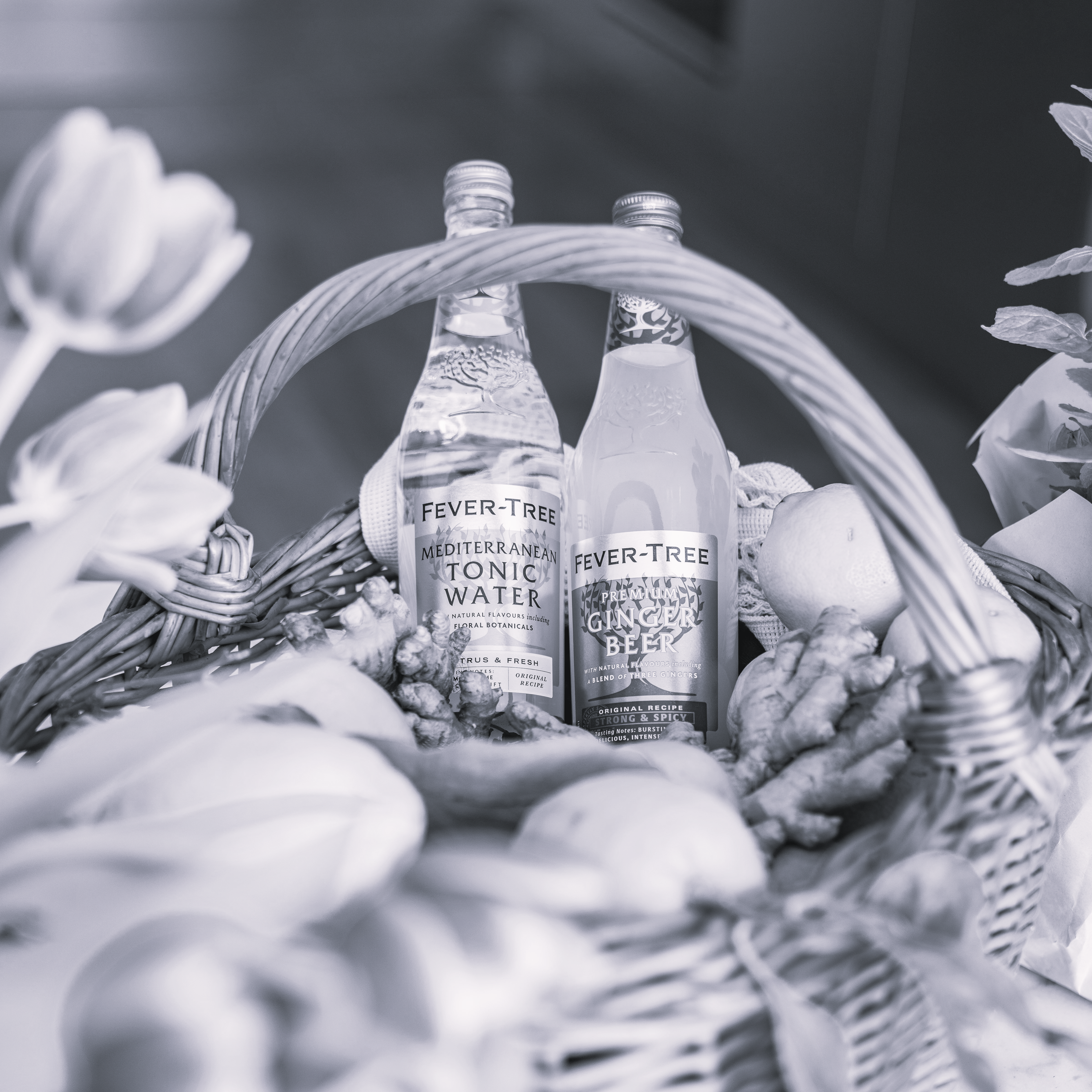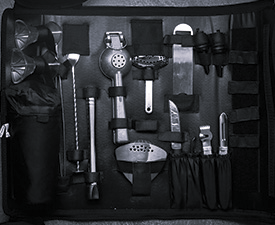Dolcetto is a black wine grape variety widely grown in the Piedmont region of northwest Italy. The Italian word 'Dolcetto' translates to "little sweet one", it is not certain if the name originally carried any reference to the grape's sugar levels: it is possible that it derives from the name of the surrounding hills where the vine is grown, in any case the wines produced are generally always made in a dry style. They can be tannic and fruity with moderate, or decidedly low, levels of acidity and are typically meant to be consumed one to two years after release.
The top estates produce Dolcetto on less favoured sites as an 'early to market wine' to generate some income for the winery while the Nebbiolo and Barbera are being matured in the winery. It is particularly associated with the towns of Dogliani and Diano d'Alba in the province of Cuneo, although the greatest volumes come from around the town of Alba. All but one of the 100% Dolcetto DOC's have two levels, the 'standard' version typically requiring a minimum 11.5% alc/vol, and the 'Superiore' 12.5%.
Dolcetto di Dogliani and Dolcetto di Dogliani Superiore are Italian red wines produced in the Langhe using only the Dolcetto grape variety, recognized as DOC since 1974. In 2005 the original DOC for Dolcetto di Dogliani Superiore was replaced by DOCG; this wine, which can also be sold under the name Dogliano, is made within a more limited zone than the DOC and the yield of grapes is restricted to 7 tonnes per hectare, also to qualify for the DOCG status the wines must be aged for at least one year.
Dolcetto wines are known for black cherry and liquorice flavours and a characteristically bitter finish reminiscent of almonds. While the name implies sweetness, the wines are normally dry. The dark purple skin of Dolcetto grapes have high amounts of anthocyanins in them which require only a short maceration time with the skin to produce a dark coloured wine. Dolcetto is generally not made to age, but rather intended for more immediate drinking.
